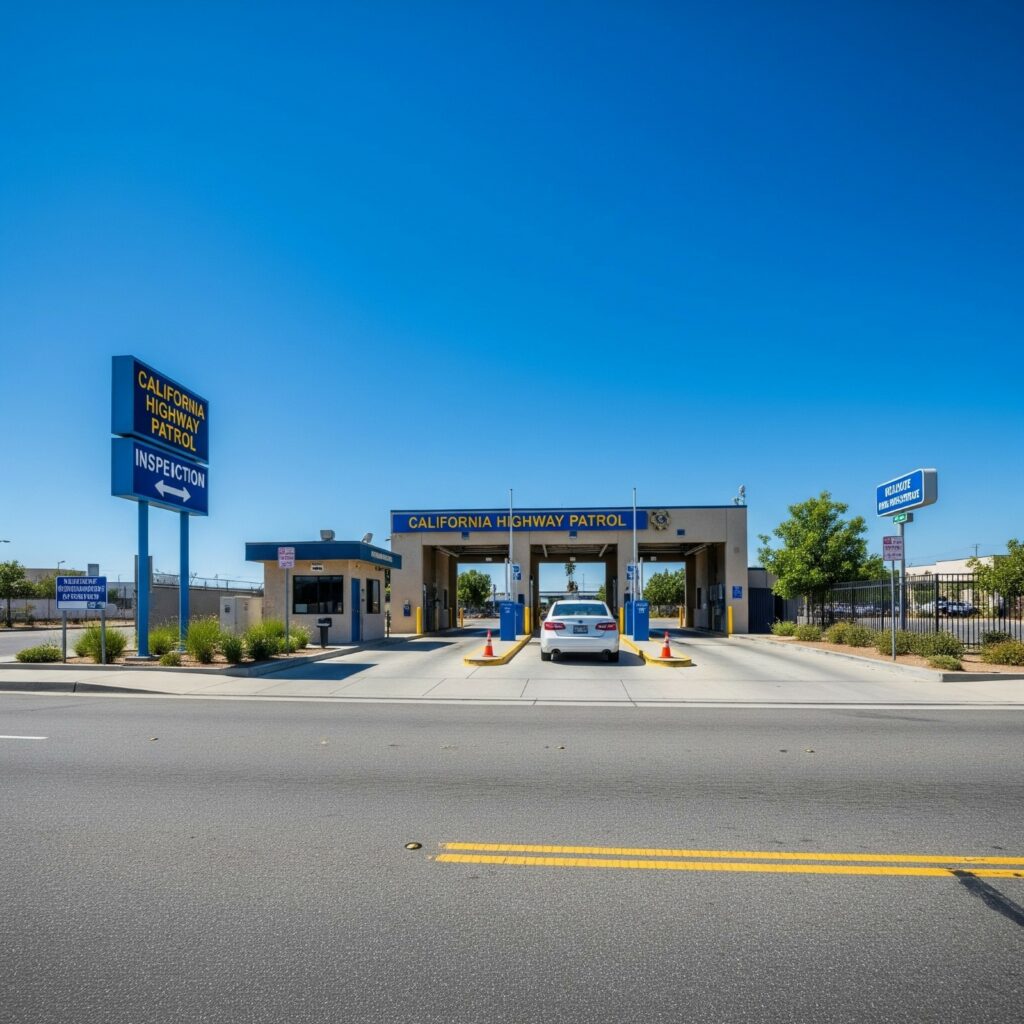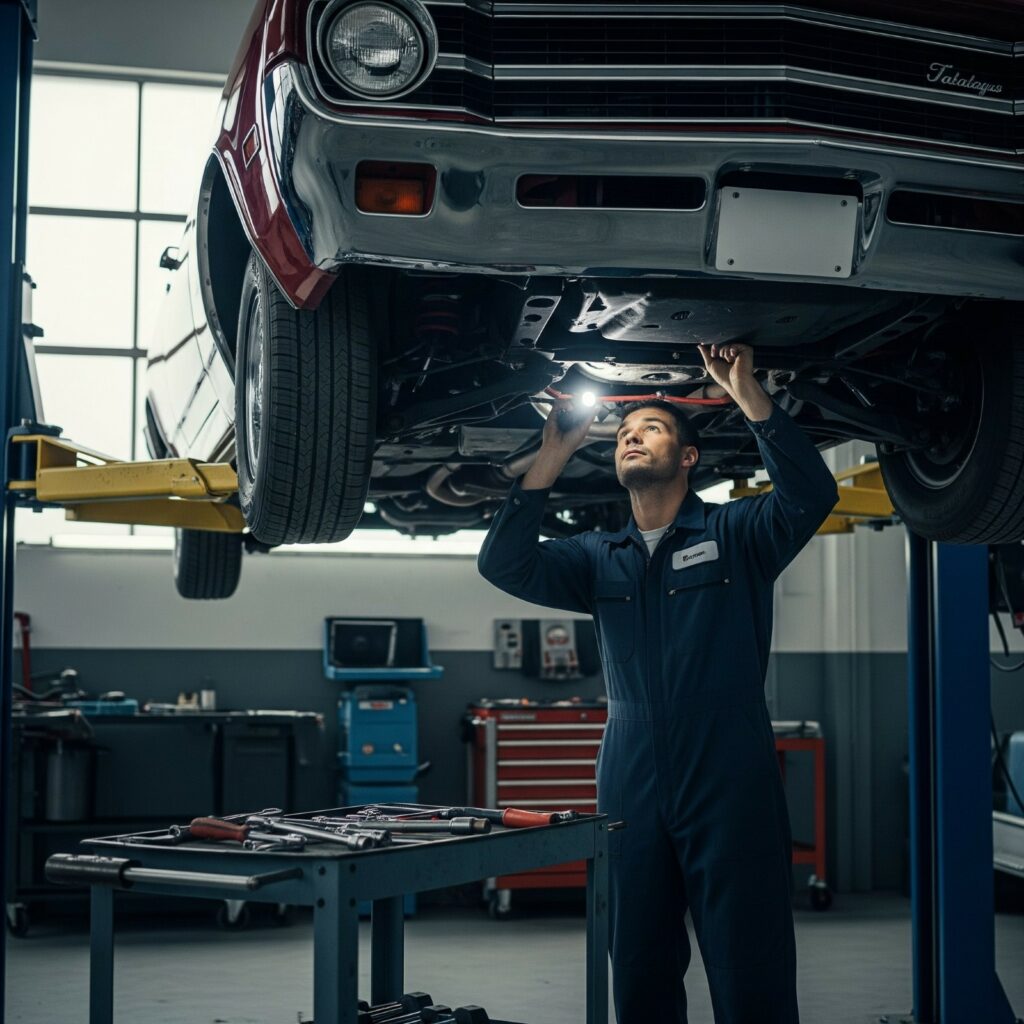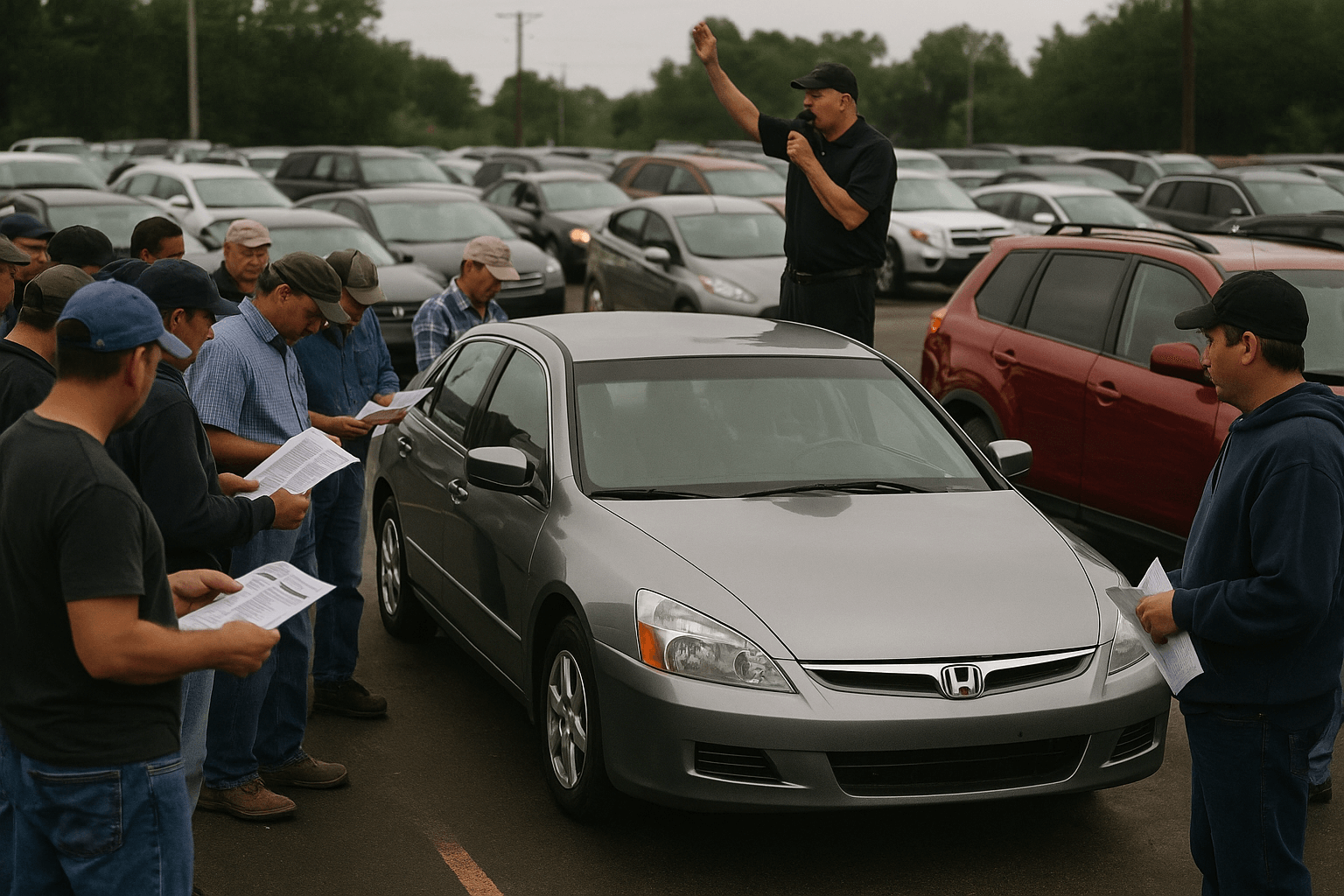Car auctions Sacramento often feature salvage title cars that look like bargains, but buying one in California comes with strict rules. Some buyers are drawn by the lower price, others by the challenge of bringing a damaged vehicle back to life. But California law is strict when it comes to these vehicles. Miss a step, and the deal could fall apart fast. This guide breaks down how to legally purchase, inspect, repair, and register a salvage car so you can avoid legal trouble and drive away with confidence.
What Is a Salvage Title Vehicle?
When a vehicle suffers significant damage—from a crash, flood, theft, or fire—and the insurance company pays out a claim, the car may receive a salvage title. This title flags the car as damaged and potentially unsafe to operate.
Common Types of Branded Titles:
- Salvage
- Rebuilt or Revived
- Non-repairable
- Lemon law
- Flood-damaged
These vehicles must go through state inspections before they can legally return to the road.
Definition of a Salvage Title in California
Under the California Vehicle Code, a salvage title is issued when a car is declared a total loss. This typically happens when repair costs exceed the vehicle’s market value after an accident, theft recovery, or water damage.
The California Department of Motor Vehicles (DMV) issues a salvage certificate, which means the car can’t be driven until it’s properly rebuilt and passes required inspections.
Common Reasons Vehicles Get Salvaged
- Severe collision damage
- Flood or hail damage
- Theft recovery (especially if stripped)
- Fire damage
- Vandalism or structural failure
- Airbag deployment
- Cost of repairs exceeds resale value
Even cosmetic damage can lead to a salvage title if the insurance company finds repairs economically unjustifiable.
Pros and Cons of Buying a Salvage Title Vehicle
| Pros | Cons |
| Lower purchase price | Difficult to insure |
| Access to hard-to-find spare parts | Hard to sell, limited financing |
| Ideal for hands-on restoration projects | May hide unrepaired or structural damage |
| Opportunities for amateur mechanics | Lower resale value and buyer trust |
Buying a salvage car can cut your upfront costs in half—but only if you understand what you’re buying. Some buyers seek project vehicles, rare models, or budget builds. Others want donor parts for vintage restorations.
The downside? Most dealerships won’t accept salvage vehicles as trade-ins. Even after repairs, many buyers and lenders remain skeptical.
“Salvage vehicles can be a good deal if you know what you’re doing,” says Chris Moreno, an auto broker in Los Angeles. “But for the average buyer, the risks outweigh the rewards unless the car was properly repaired and inspected.”
Before you sign anything, ask: Is this a passion project or a daily driver? The answer should guide your decision.
Legal Rules for Salvage Cars in California

California residents can legally buy salvage cars, but you must follow the DMV process before legally driving such a vehicle.
🚫 Warning: You can’t drive a salvage vehicle until it’s rebuilt and re-registered.
Checklist:
- Obtain a salvage certificate from the seller or auction
- Complete all repairs to bring the car to safe operating condition
- Schedule an inspection with the California Highway Patrol (CHP)
- Submit smog certification (if required)
- Complete paperwork to apply for a rebuilt title
In most cases, the seller must provide full documentation upfront. If buying from out of state or at an auction, review the vehicle history report and title status before paying.
Step-by-Step Guide to Buying a Salvage Title Car
- Check the Vehicle Identification Number (VIN)
Use a trusted service to get a vehicle history report.
- Get a Professional Inspection
Look beyond the surface. Have a licensed mechanic inspect frame, electronics, brakes, and airbag systems.
- Confirm Seller and Title Legitimacy
Make sure the vehicle owner has a valid salvage certificate. Avoid dealerships or private sellers unwilling to show documentation.
- Review Maintenance Records
If the vehicle was already restored, ask for photos, part receipts, and technician notes.
- Check Registration Eligibility
Ensure the car is eligible for re-registration under California law—not every salvage vehicle qualifies.
(Tip: Create a photo folder to document everything—helpful if you’re later asked to prove fixes.)
Title Transfer and Registration Process in California
To register a salvage car, you’ll need to rebuild it, pass inspection, and submit paperwork to the DMV.
Flowchart Overview:
- Rebuild the vehicle
- Schedule a CHP inspection
- Complete smog testing
- Submit:
- Salvage Certificate
- CHP inspection form
- Brake and light certification (if requested)
- Smog check (if required)
- Application for Title or Registration
- Payment of fees and taxes
Forms to Bring:
- REG 343 (Application for Title)
- CHP 97C (Inspection Certificate)
- Proof of ownership
- Bills of sale or repair invoices
Expect to pay $500–$1,500 in DMV and inspection costs—plus repair expenses.
Can You Insure a Salvage Title Vehicle in California?
Yes – but it’s complicated, and options are limited.
Most insurance companies hesitate to cover salvage vehicles due to the risk of hidden damage. These cars have a history of being written off as total losses, which raises concerns about their long-term reliability and safety. As a result, full coverage is often off the table.
Coverage Options:
- Liability-only: The most accessible choice. Offered by many insurers, but not guaranteed. Each carrier handles salvage vehicles differently, often on a case-by-case basis.
- Limited full coverage: Available only if the car earns a rebuilt title and passes a thorough inspection. Even then, expect higher premiums, reduced payouts, or exclusions for certain types of claims.
Some carriers won’t insure such a used car at all—especially if documentation is incomplete or repairs appear questionable. Others may require a mechanic’s inspection, photos, or a value appraisal.
Tip: Independent agents often work with niche providers that understand the rebuilt title market. They may help secure better terms than national chains.
What Happens If You Buy a Salvage Title Car Without Knowing?
This happens more often than it should—especially at auctions and in private sales.
“We see buyers show up with cars they can’t register or underwrite because they didn’t check the title,” says Rosa Ortega, a DMV registration agent in Modesto.
Risks Include:
- DMV rejection of registration application
- Voided insurance policies
- Potential fraud charges against the previous owner
📌 File a complaint with the California Department of Motor Vehicles if you believe you were misled.
How to Avoid Salvage Car Scams

Title washing is the most common fraud tactic—it hides a car’s salvage status by registering it in other states with looser rules.
How to Spot a Scam:
- Seller avoids showing title or VIN
- Price is too good for the vehicle condition
- No photos of damage or repair
- No receipts for parts or repairs
Safe Buying Checklist:
- Demand a vehicle history report
- Match VIN on paperwork and car
- Get a mechanic’s opinion
- Buy from trusted dealers or licensed brokers
Is Buying a Salvage Title Vehicle Worth It?
There’s no correct answer when buying a salvage title car in California. It depends on how the car was damaged, how well it was repaired, and what you plan to do with it.
Smart Buy Scenarios:
- Cosmetic-only damage with photos to prove it
- Cheap donor vehicle for spare parts
- Experienced amateur mechanics looking for a project
Bad Buy Scenarios:
- No repair documentation
- Frame or electronic system damage
- Private sellers with no verifiable history
Ask yourself: Would you trust such a vehicle for daily use—or is it a gamble you’re ready to take?
FAQ Section
What’s the difference between a branded title and a salvage title?
A salvage title is one type of branded title. Others include flood, lemon law, and rebuilt designations.
Is it possible to finance a salvage title car in California?
Typically no—most buyers must pay cash or find specialized lenders willing to finance rebuilt titles.
Can I sell a salvage vehicle to someone out of state?
Yes, but rules vary by state. The buyer must meet their state’s inspection and registration requirements.
How much does it cost to rebuild and register a salvage car in California?
Expect $500–$1,500 in DMV and inspection costs, plus whatever repairs are needed.
Does a salvage title affect car insurance premiums in California?
Yes – rebuilt title cars often have higher premiums and may be limited to liability coverage.
Why are so many salvage cars sold at Sacramento car auctions?
Sacramento is a major auction hub with access to dismantlers, brokers, and shipping infrastructure.
How can I verify if a salvage car has been properly rebuilt?
Request repair records, a mechanic inspection, and ensure it passed all DMV-required inspections.
What happens if a seller hides a salvage title?
It could be fraud. You may file a DMV complaint or seek legal action for compensation.

